NASA’s Mars rover missions have captured the world’s imagination, but along the way, a few misconceptions have taken hold. While these rovers have made incredible discoveries, some common myths still cloud the truth about what they do and how they work. Let’s clear up 15 of the most widespread misconceptions about NASA’s Mars rover missions.
Contents
Mars rovers are controlled manually in real-time

This misconception arises because people imagine engineers steering the rovers like a remote-controlled car. In reality, there’s a communication delay between Earth and Mars, ranging from 4 to 24 minutes depending on the planets’ relative positions. Commands are sent in advance, and the rover autonomously executes them, making manual real-time control impossible.
The rovers search for life directly
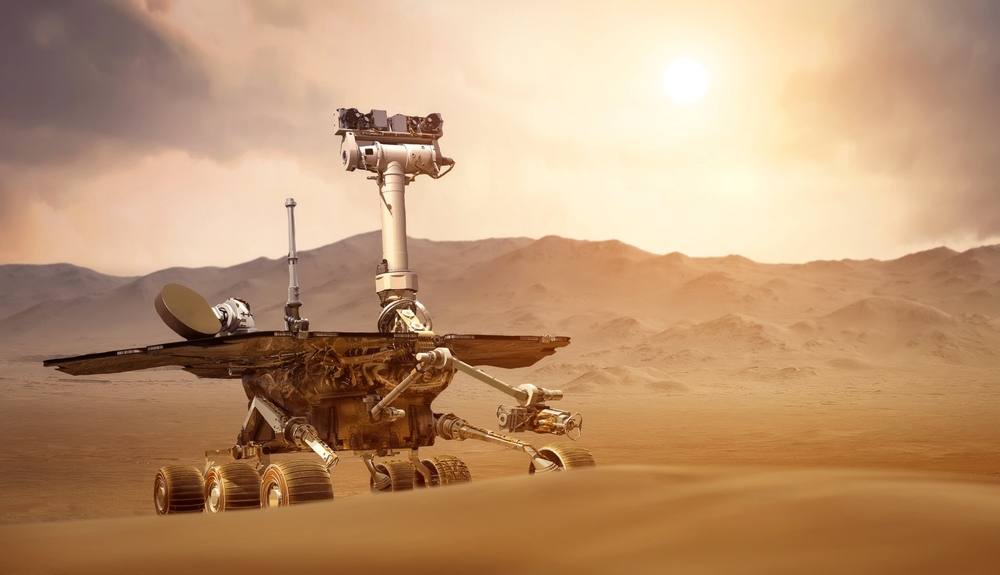
Many assume that NASA’s primary goal is to find life, but the rovers are not equipped with instruments to detect living organisms. Instead, they analyze the environment—soil, rocks, and atmospheric conditions—to determine whether Mars could have supported life in the past. Their tools include spectrometers and cameras designed for geological surveys, not biological detection.
Mars rovers are the size of small toys
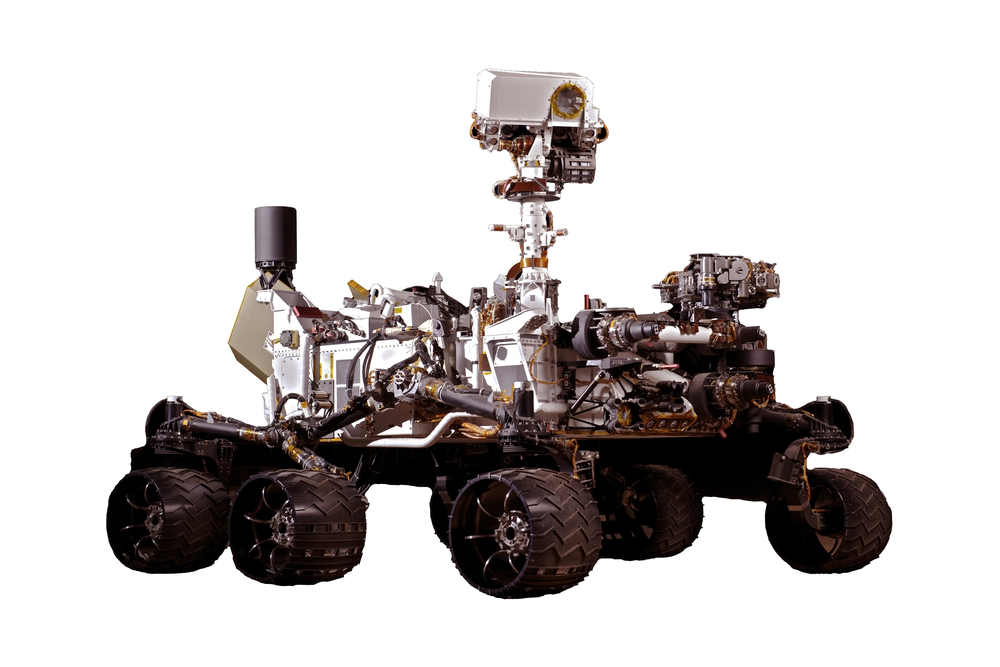
Some imagine Mars rovers as tiny robots, but most are quite large. For example, Curiosity and Perseverance are about the size of an SUV, weighing nearly 2,000 pounds. Their size allows them to carry the scientific instruments and power systems needed for long-term exploration.
Rovers have unlimited power
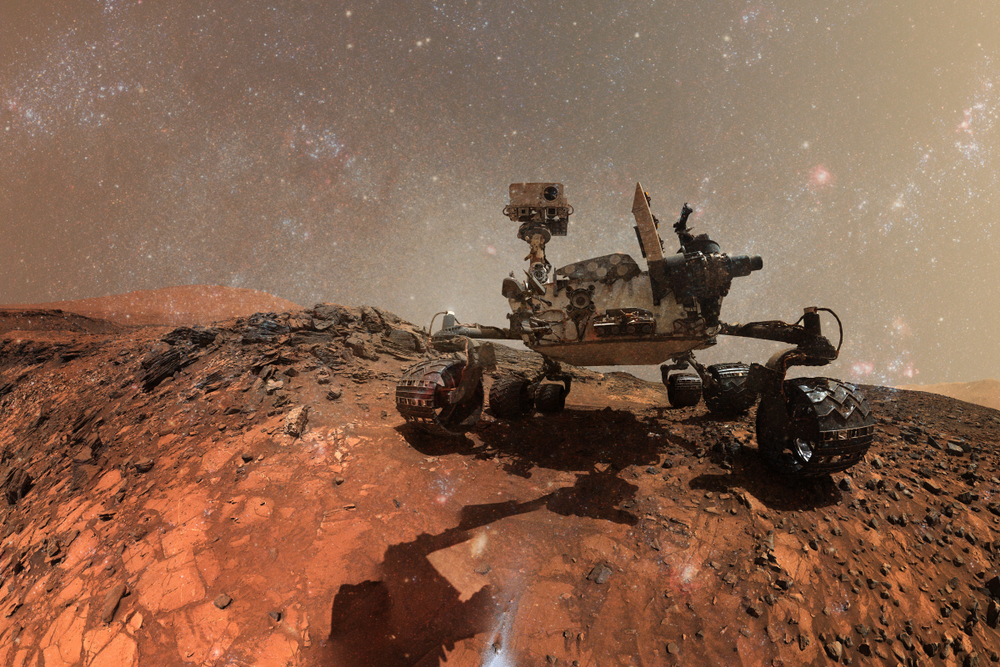
Rovers do not have endless power. Early rovers like Sojourner relied on solar panels, making them vulnerable to dust storms that could block sunlight. Modern rovers like Curiosity and Perseverance use a nuclear-powered generator (MMRTG), but even this has a finite energy supply, limiting the mission’s duration.
Rovers can dig deep into the Martian surface
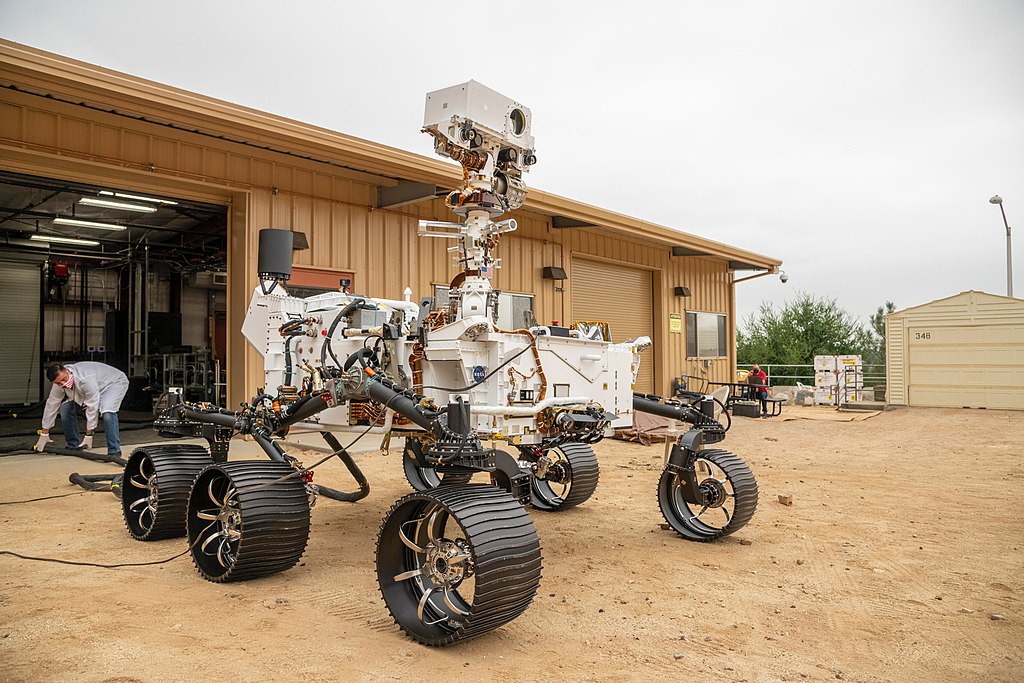
Mars rovers can’t dig deep into the surface due to technical limitations. Instead, they drill or scrape just a few centimeters into the soil and rocks to collect samples for analysis. Perseverance has a drill for sample collection but cannot dig deep beneath the Martian crust.
NASA sends rovers to explore randomly
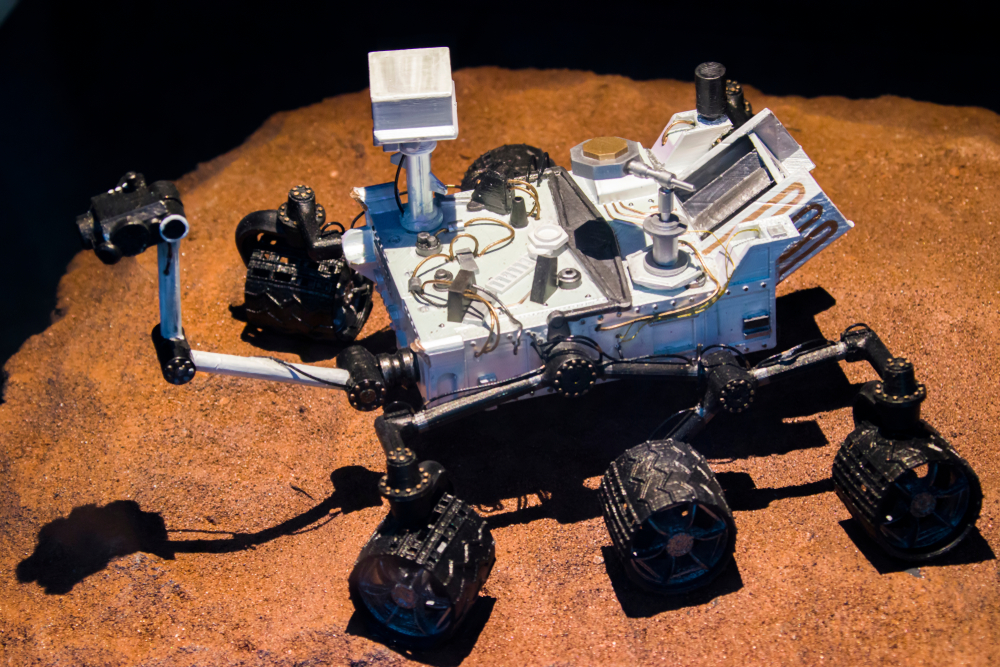
NASA’s missions are far from random. Each rover is sent to a specifically chosen site based on years of research and planning. Sites like Gale Crater and Jezero Crater were selected for their geological features that suggest ancient water activity and potential for past habitability.
Mars rovers can move at high speeds
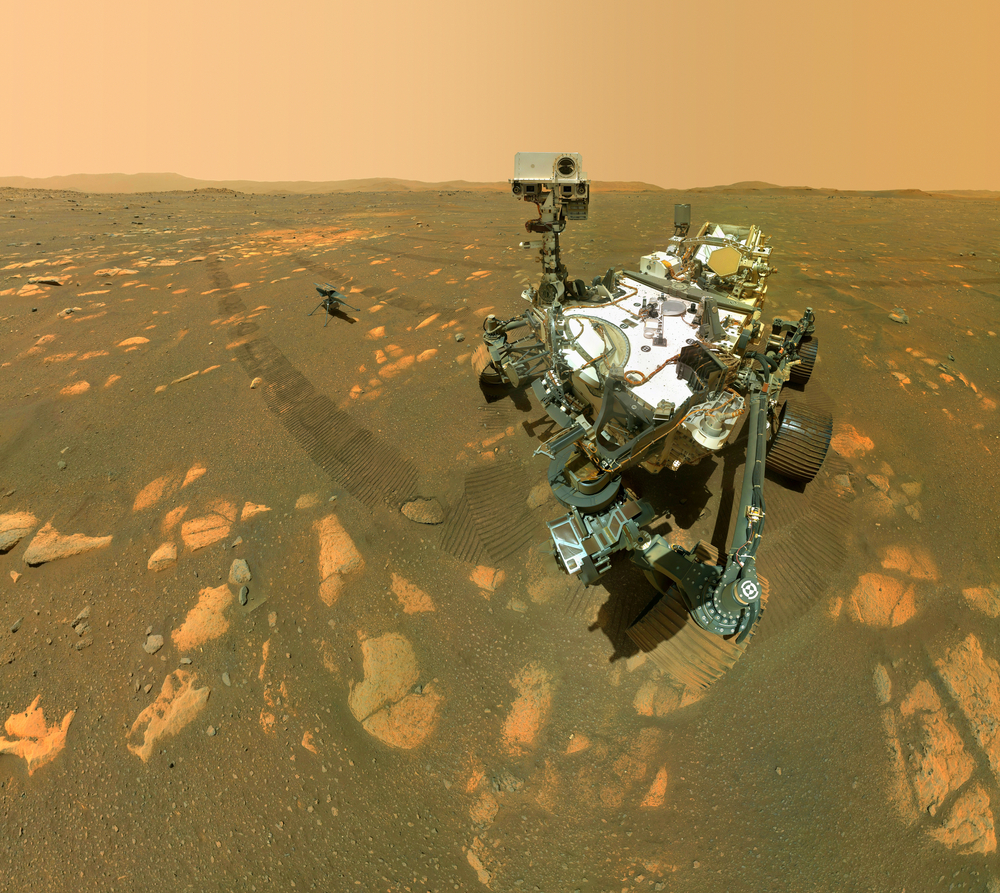
Unlike cars, rovers move extremely slowly. Perseverance, for example, has a top speed of about 152 meters (500 feet) per hour. They must move cautiously to avoid damaging themselves on rough terrain, and their slow pace allows time for detailed scientific analysis along the way.
Rovers are immune to Mars’ harsh conditions

Mars rovers are built to withstand extreme conditions but are not invincible. Dust storms, sub-zero temperatures, and rough terrain can still affect their performance. For example, the Opportunity rover was lost due to a massive dust storm that cut off its solar power.
The same rover has been exploring Mars for decades
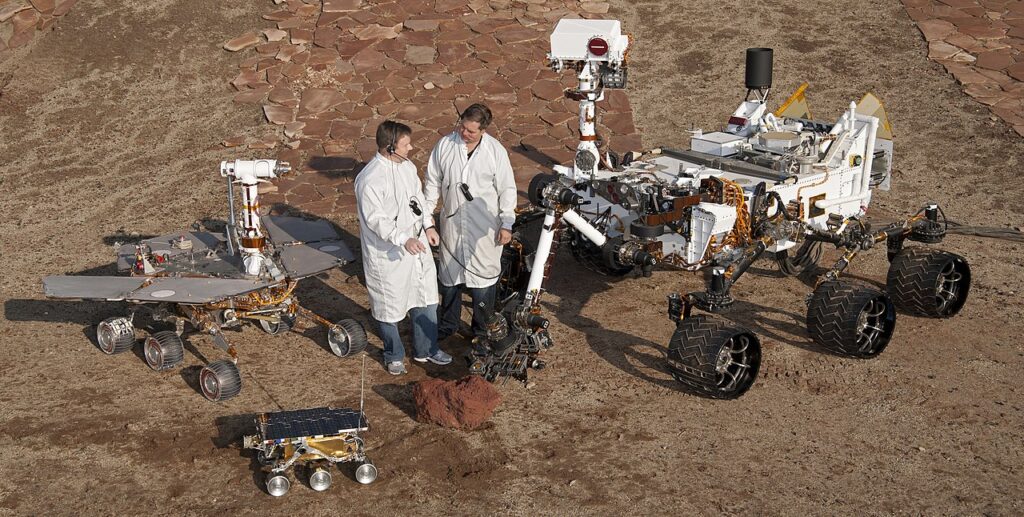
NASA has sent multiple rovers over the years, each with a specific mission. Sojourner, Spirit, Opportunity, Curiosity, and Perseverance are all part of NASA’s Mars exploration program. Each one had a different goal, and not all of them are still operational.
Rovers only work during the day

While solar-powered rovers like Opportunity did need sunlight to operate, newer rovers like Curiosity and Perseverance use a nuclear power source that allows them to function both day and night. However, extreme nighttime temperatures can still pose challenges.
Rovers can easily communicate with Earth at any time
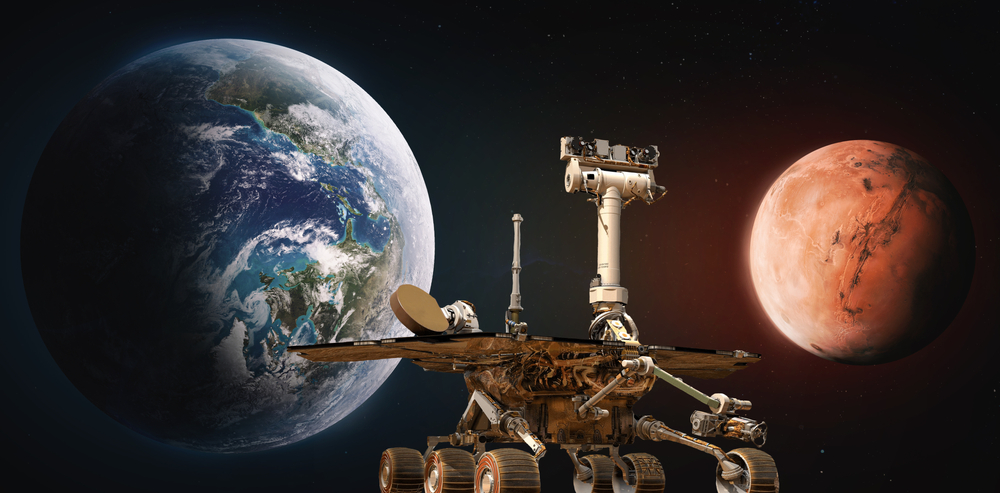
Communication with rovers is not instant or always available. Rovers communicate with Earth via orbiters around Mars, which relay data back to Earth. Depending on the position of the rover and Earth, there can be significant delays or communication blackouts.
Rovers are built only to study geology
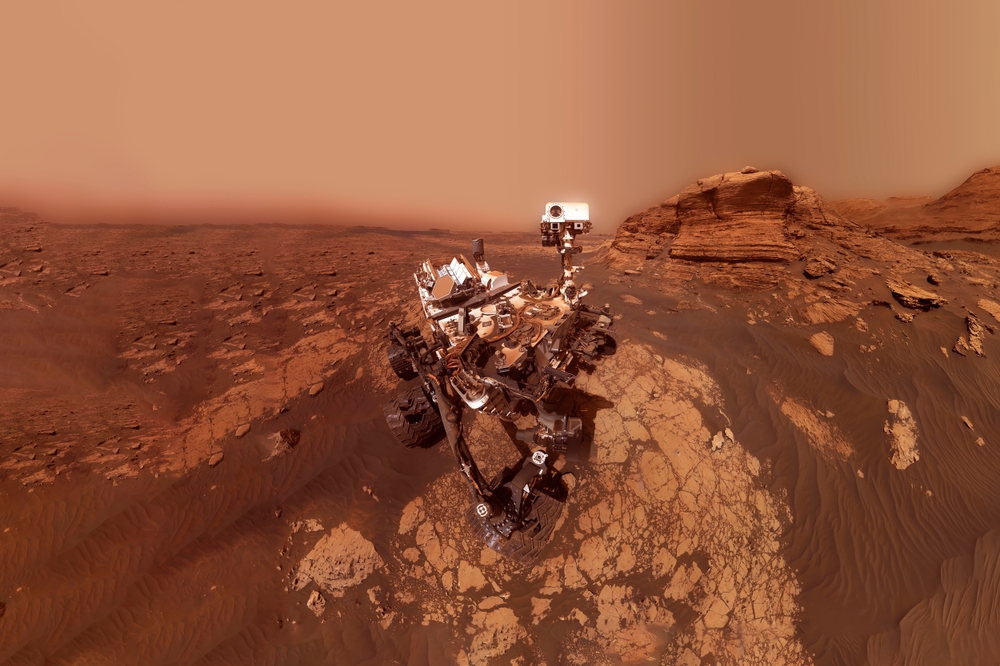
While the study of Martian rocks and soil is central to their mission, rovers are equipped with instruments to study the atmosphere, weather patterns, and even radiation levels. They provide a comprehensive understanding of Mars as an environment, not just its surface.
Mars rovers have human-like intelligence
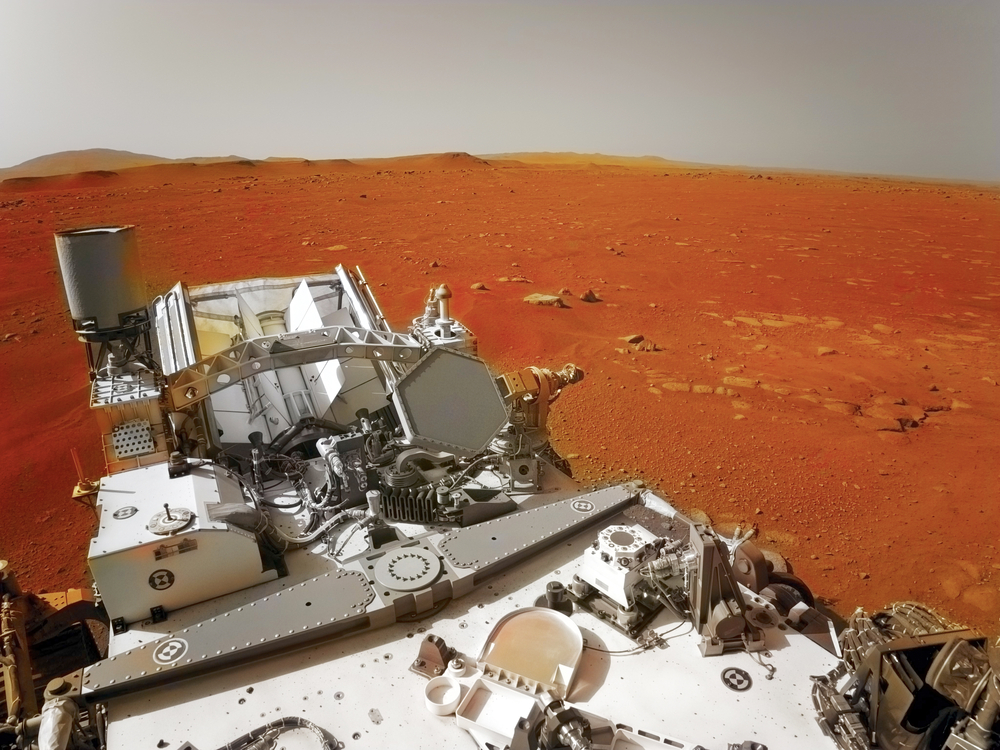
Rovers are not autonomous in the way some might think. They don’t make decisions or think like humans. They follow pre-programmed instructions and only have limited autonomy to avoid hazards like rocks or cliffs. Advanced AI helps them navigate, but they still rely on Earth for mission-critical decisions.
Mars is always red
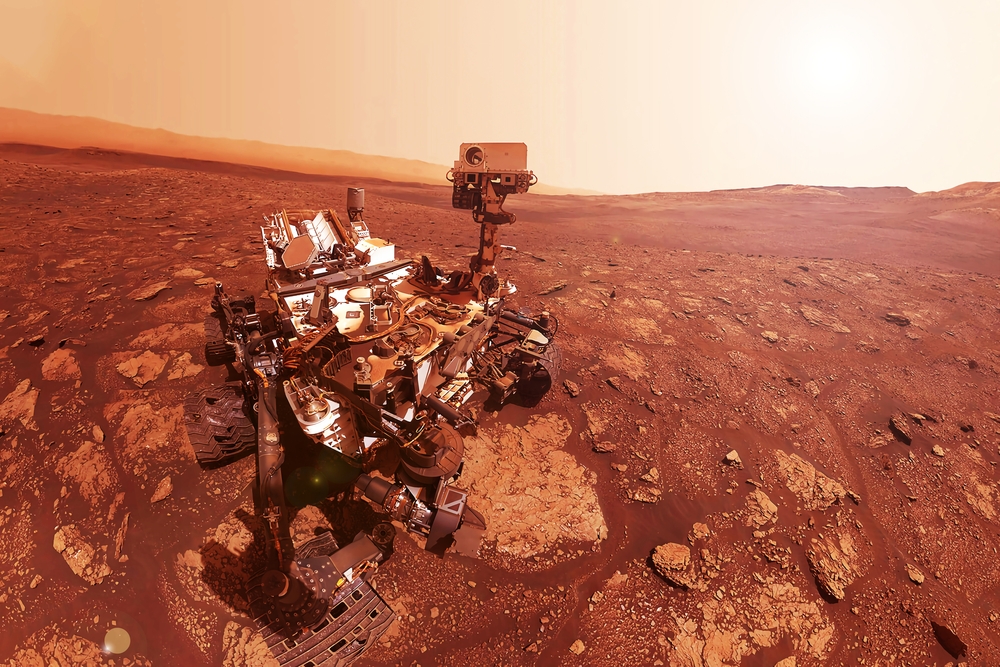
Mars is often referred to as the Red Planet, but its surface also shows a variety of colors depending on the minerals present. Photos from rovers reveal that Mars also has brown, gold, and tan areas, indicating different chemical compositions in the soil and rocks.
NASA has only sent one Mars rover
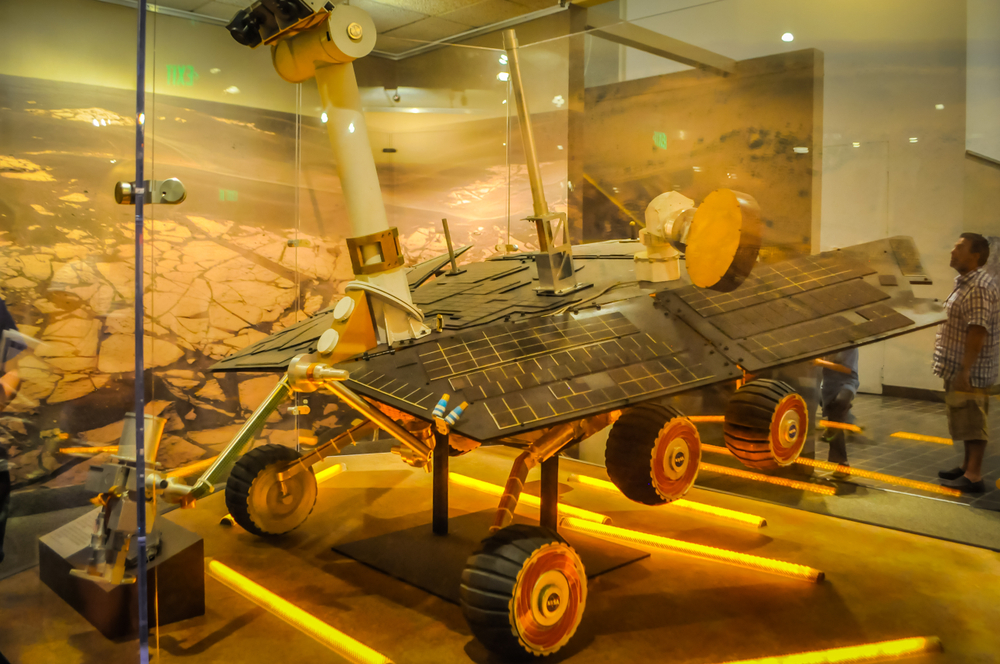
NASA has actually sent multiple rovers to Mars, each with its own mission. The most famous include Spirit and Opportunity, which explored different regions, as well as Curiosity and Perseverance, which are still operational. Each mission builds on the discoveries of its predecessors.
This article originally appeared in MyCarMakesNoise.
More from MyCarMakesNoise
15 Must-Have Items for Flat Tire Emergencies

Getting a flat tire is never convenient, but having the right tools and supplies in your vehicle can turn a potentially stressful situation into a minor delay. From safety gear to practical tools, this guide will walk you through the essential items you should have on hand. Read More
11 Lightning-Fast Single-Engine Planes You Can Pilot Now

Exploring the skies has never been more exhilarating with the latest advancements in single-engine planes. Combining remarkable speed with cutting-edge technology, these aircraft offer both seasoned pilots and aviation enthusiasts an unparalleled flying experience. Read More
15 Budget-Friendly Camper Van Mods You Can Afford

Transforming your camper van into a cozy, functional home on wheels doesn’t have to cost a fortune. With a few affordable modifications, you can significantly enhance your comfort and convenience on the road. Read More














